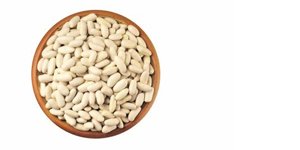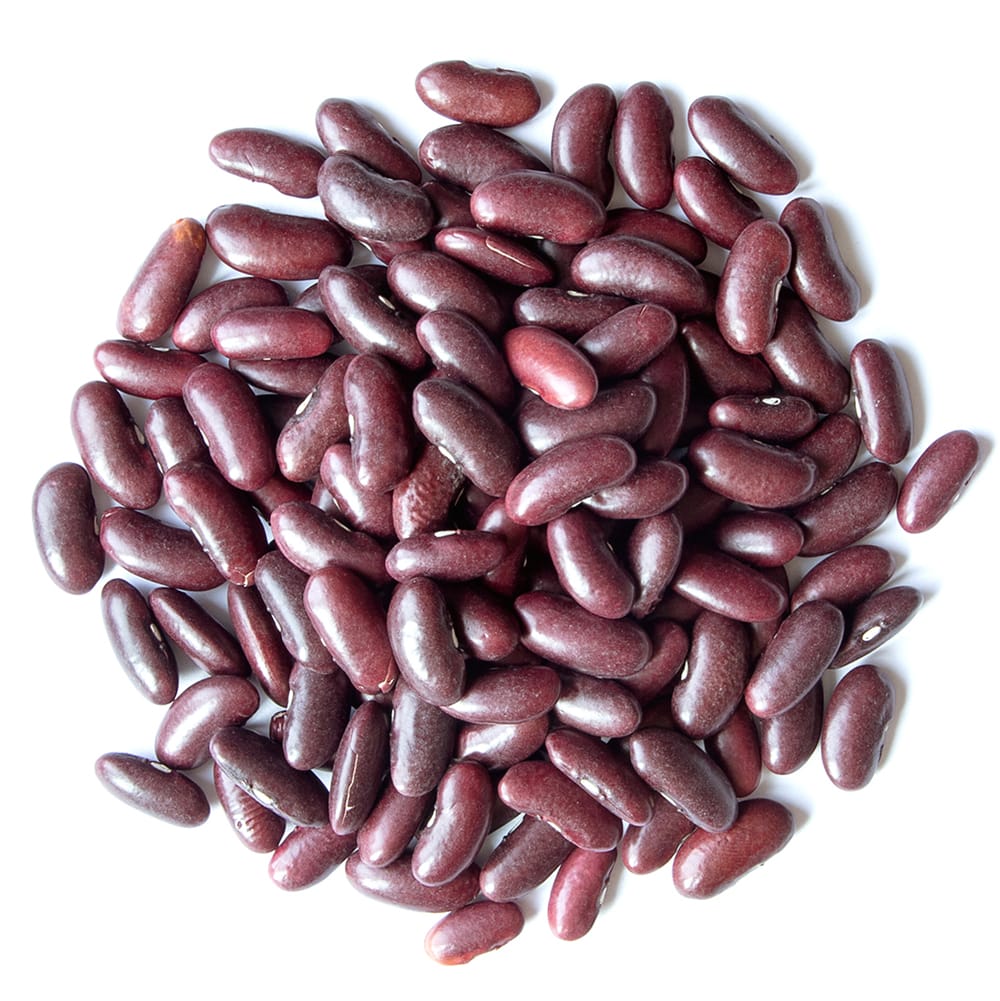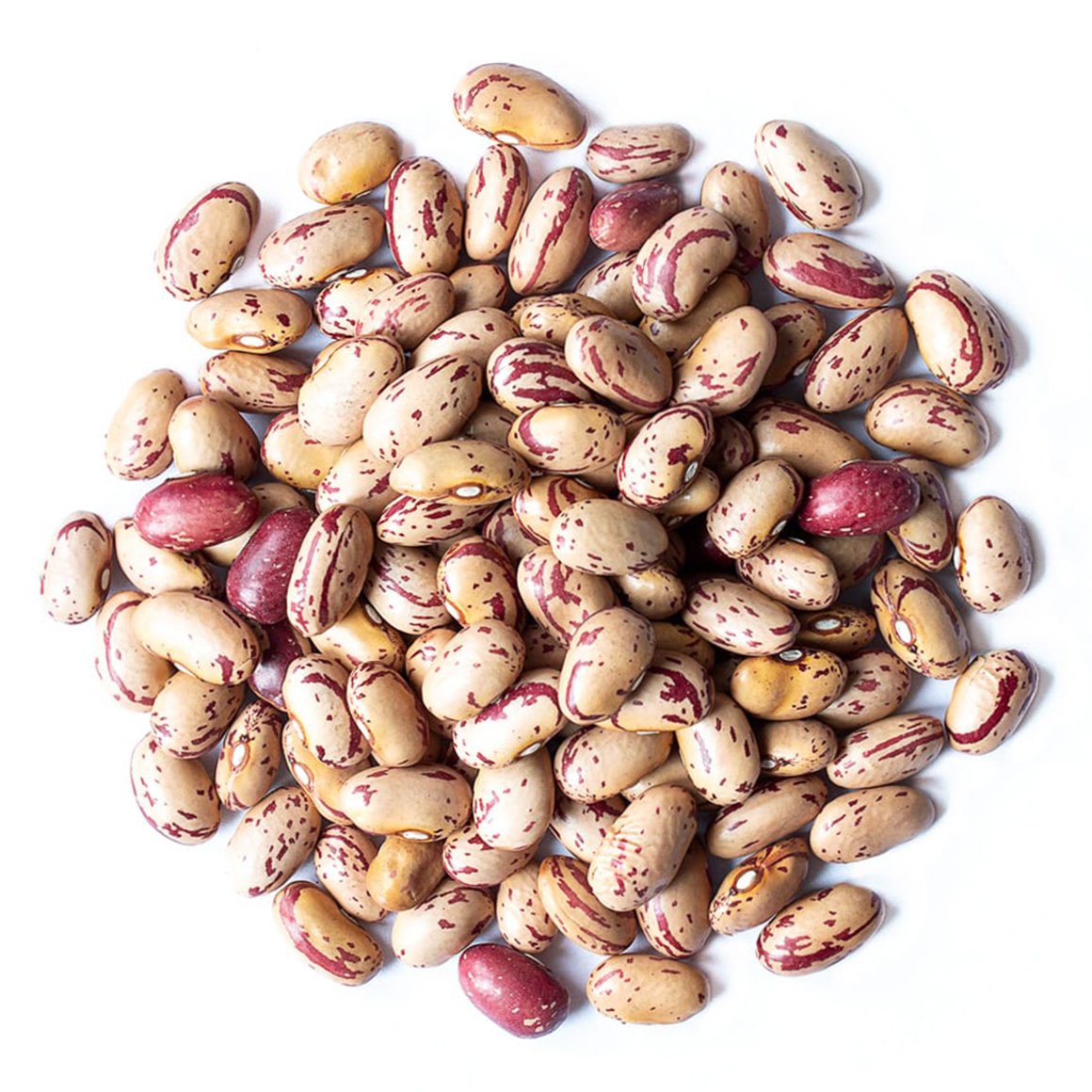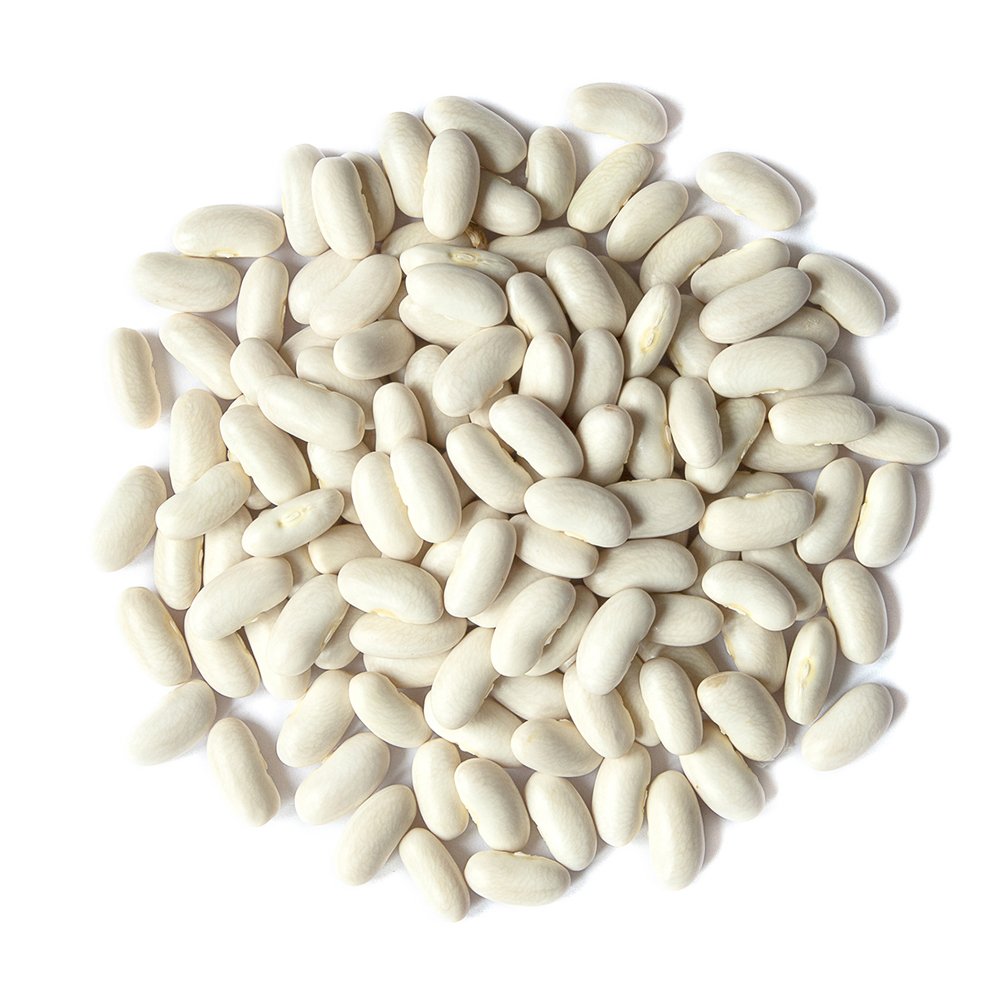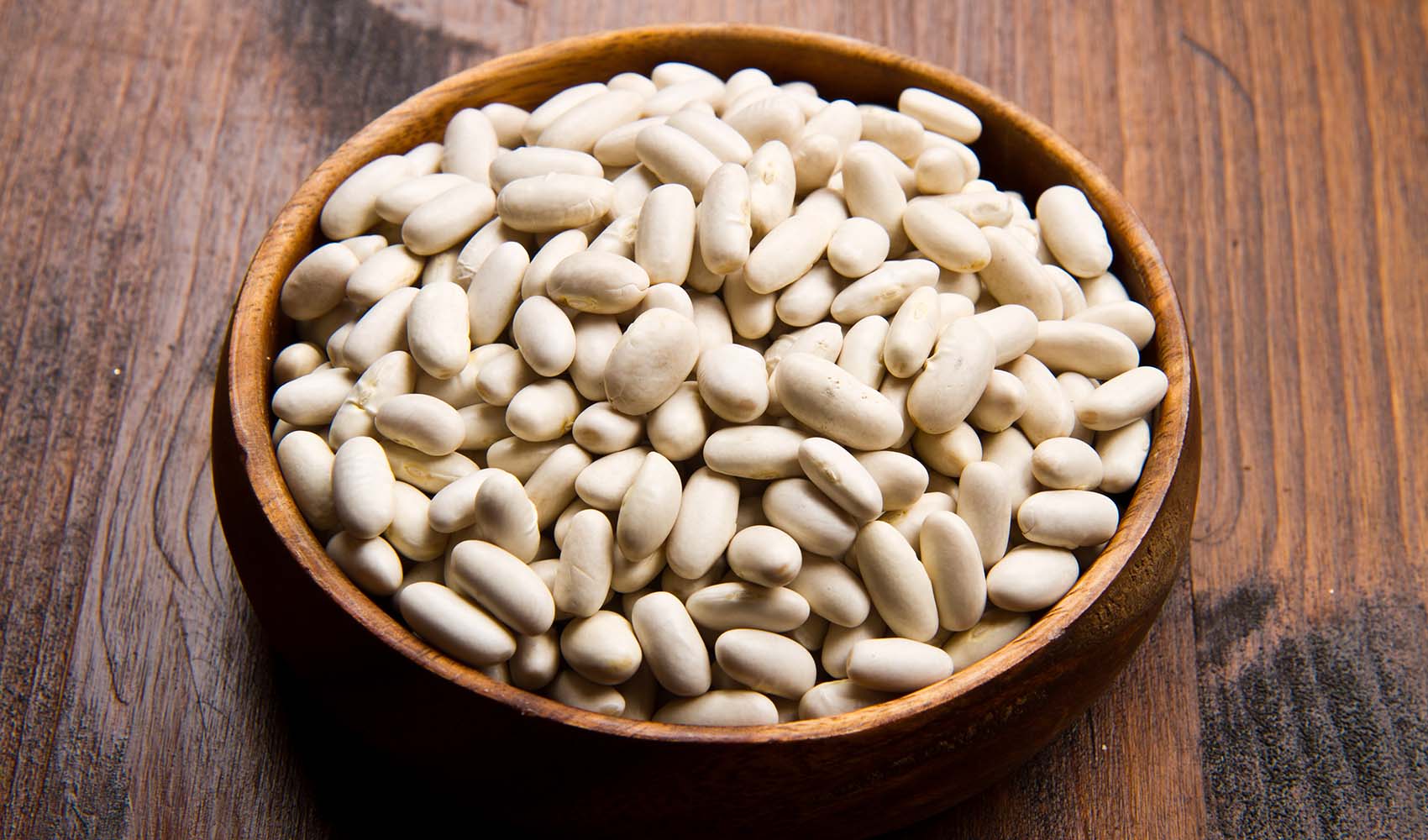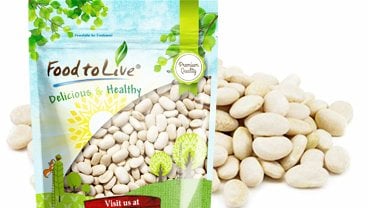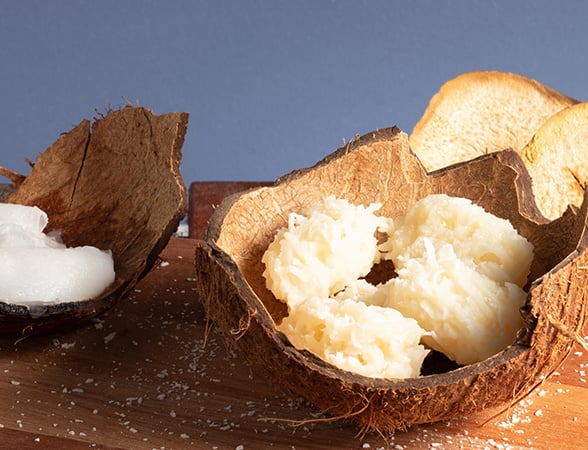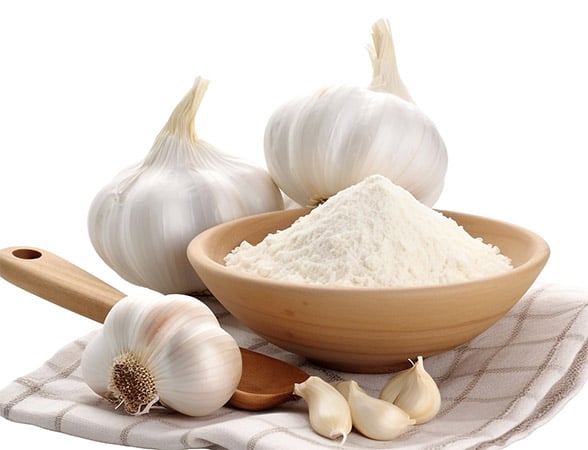December 02, 2015 · Written by Foodtolive Team
Cannellini Beans: a Challenge to Dangerous Illnesses
Italians can’t imagine their cuisine without cannellini beans. Popular all over the world, they are a staple of Italian cuisine. It’s not surprising, as few foods can compare to them in nutritional properties, the benefits that they can deliver to health, and their pleasant, nutty flavor.
The nutritional and healthful qualities of cannellini beans, as well as those of many other legumes, have been thoroughly investigated. Researchers have come to the conclusion that their richness insoluble fiber, protein, minerals, amino acids, and vitamins makes them a real “superfood”. They may be easily incorporated into any diet – even for people who’d like to lose weight or for those who are worried about building up muscle.
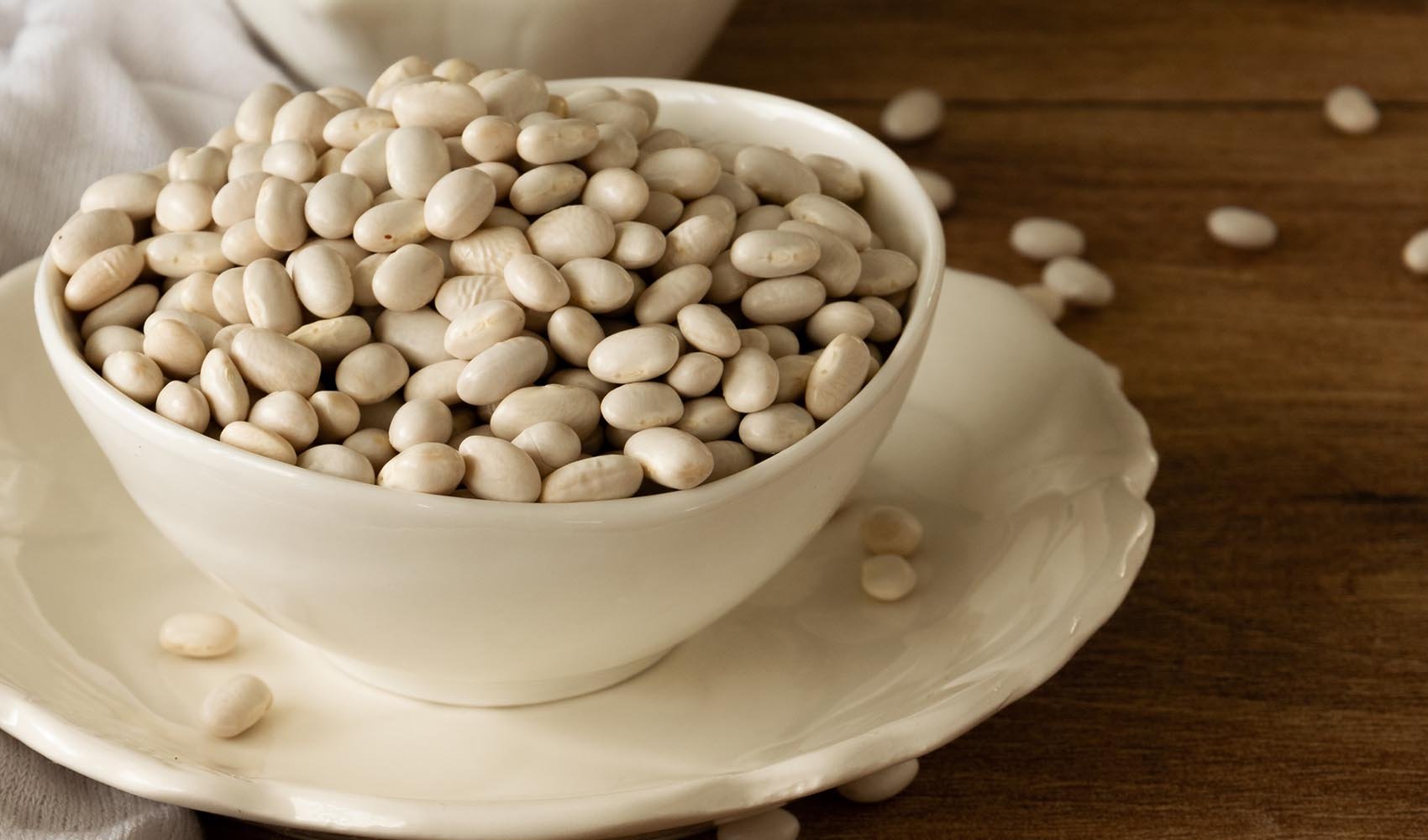
What Makes Cannellini Beans So Healthful
Due to their nutritional density, this kind of beans helps prevent and cope with a number of diseases and health conditions. By consuming them, you’ll reduce your risk of the following illnesses:
- Diabetes and pre-diabetic condition
The beans belong to foods with a very low glycemic index (GI), which has been adopted for the identification of foods depending on the time they need to be metabolized. Foods with high GI break down into glucose quickly, provoking blood sugar spikes, resistance to insulin, and, as a result, the onset of diabetes in people who are prone to this illness.
On the contrary, foods with low GI (31 in cannellini beans from 250 maximum) metabolize slowly, ensuring steady energy supply, keeping you full for a considerably longer time, and controlling blood sugar levels. - Digestive system disorders
Here, the main role is played by the soluble and insoluble fiber. 25g of this, found in every 100g of beans, are responsible for the detoxifying effect they produce on the intestine and the body. The insoluble fiber helps cleanse the intestine and prevents constipation. In addition, dietary fiber, being a valuable prebiotic, maintains the healthful bacteria in the gut, which, in turn, is greatly beneficial for the immune system and overall health. - Cardiovascular diseases
For those who suffer from certain heart conditions, cannellini beans might be invaluable to them. Firstly, the dietary fiber essentially lowers “bad” cholesterol levels. Secondly, the beans are a rich source of flavonoids with antioxidant and anti-inflammatory qualities. Thirdly, they provide you with a range of wholesome vitamins. In addition, minerals such as selenium, zinc, iron, and copper make their contribution to the healthful potential of these beans. By eating them, you will have a stronger heart and cleaner blood vessels. - Cancer
The anti-cancer properties of cannellini beans are being studied now. However, their potential in fighting colorectal adenomas has already been proven. Adenomas often develop into cancerous tumors. Due to the abundance of chemical substances with highly beneficial healthful properties, these beans may prevent or slow down this process.
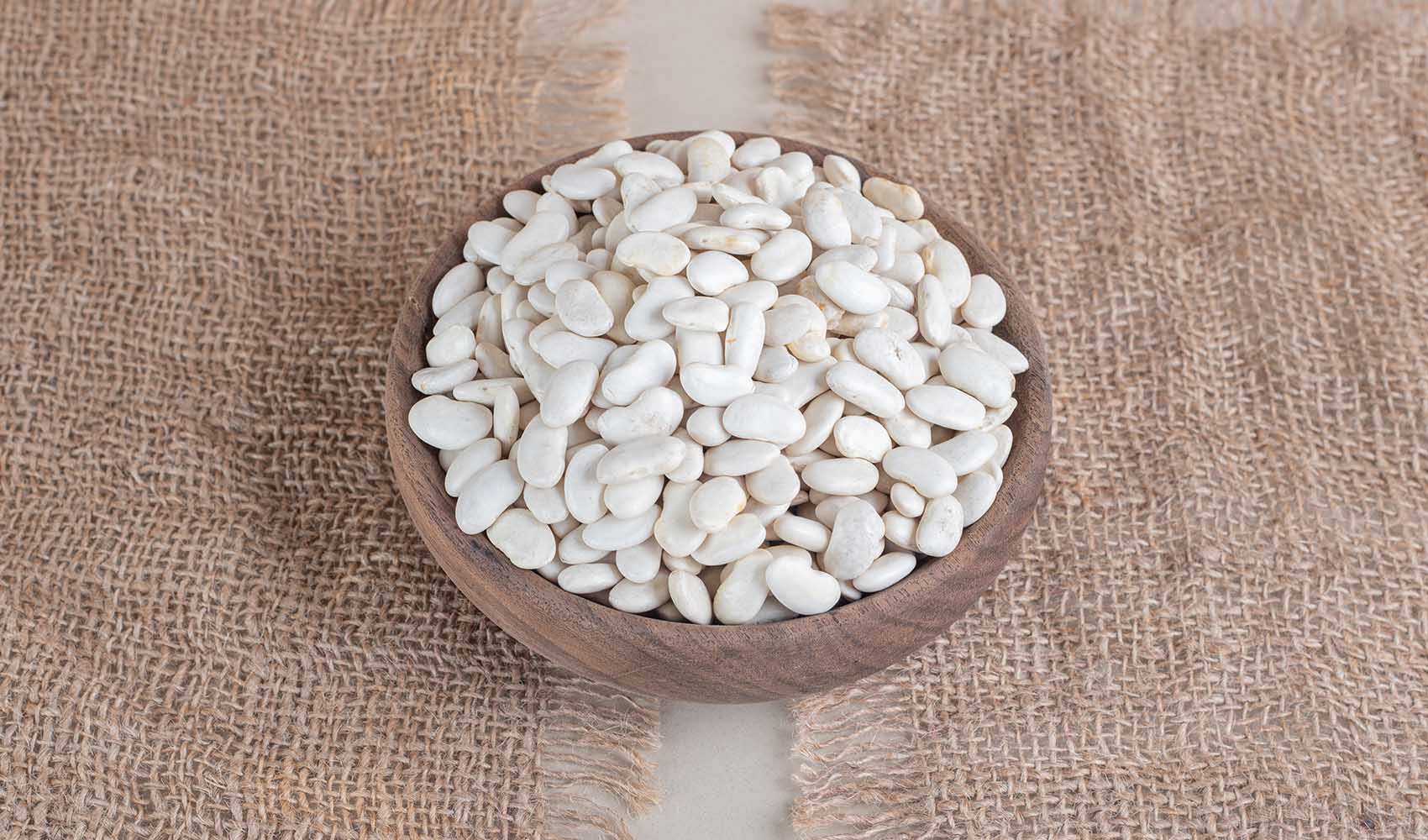
The Content of Vitamins in Cannellini Beans
100g of the beans contain:
- Vitamin B1 – 0.529mg (35% of RDA)
- Vitamin B2 – 0.219mg (12.8% of RDA)
- Vitamin B3 – 2.060mg (10.3% of RDA)
- Vitamin B6 – 0.397mg (19.85% of RDA)
- Folic acid – 394mcg (100% of RDA)
- Vitamin K – 19.0mcg (23.7% of RDA)
- Vitamin C – 4.5mg (7.5% of RDA)
- Vitamin E – 0.22mg (2.2% of RDA)
How You Can Enjoy the Delicious Taste of These Beans
The Italian and Latin American cuisines can offer various ways of cooking these beans. By providing you with quality protein, carbohydrates, and fats, they can successfully satisfy your needs in these nutrients if you prefer a vegetarian diet. While simmering, the beans absorb the flavors and smell of herbs, spices, and other seasonings, so you may add them right at the beginning of cooking. Here are some ways you can cook them:
- Make the beans the basis of salads. Sauté some onions and red peppers, mix them with the beans, and add some parsley.
- The beans are the best ingredients in soups and stews, as they match well with all vegetables.
- Mashed beans can be used as snacks. Take equal portions of cannellini beans and green peas and blend to create a beautifully colored spread.
Sponsored by Food to live
- Combine the beans with mint to create a new taste sensation.
- Use them with fruits in fruit salads and add small portions into smoothies to thicken them.
- These beans make healthy, nutrient-dense, and delicious side dishes. Toss them warm with fresh rosemary and garlic and enjoy an unusual mix of flavors.
- Make burgers with the beans instead of meat: blend a mix of them with spices and vegetables. Form burgers from the paste and either roasts them in the oven or grill them.
How to Cook Cannellini Beans
The first step in making any dish with these beans is to cook them in the right way. You should start with soaking them. This process will release certain harmful substances in the beans. Soak them for at least 4 hours, up to 12 hours. Pour out the water, rinse them thoroughly, and add 3 cups of freshwater per each cup of beans. Let them boil for 10 minutes, lower the heat, and let the beans simmer for 1 to 1 ½ hour. If you wish, you can skim off the foam, but mind that this consists of proteins that later dissolve. Salt should be added during the last 10 minutes of cooking, and not earlier. The same concerns acidic seasonings – tomato sauce, lemon juice, and wine. Add bay leaves, onion, garlic, and other spices at the beginning of cooking to make the beans taste and smell better.
What to Keep in Mind When Buying and Storing Dried Beans
Beans can be bought at every grocery store, but it’s better to buy them from specialized, reputed shops. Choose beans with clean, bright, and smooth surfaces. Check that they haven’t been spoilt by insects. Read the label thoroughly and check the date of production: the shelf time shouldn’t exceed 1 year.
Here are the instructions for storing the beans:
- Try to use them within 6 months of purchase. The fresher, the better. Old beans lose in quality and taste considerable.
- Keep them in a cool, dry place in a container with an airtight lid.
- Cooked beans can be kept in the refrigerator in an airtight plastic or glass container for up to 5 days.
- Freeze the cooked beans. This is a convenient way that allows you to save cooking time. Frozen beans should be used within 6 months.

